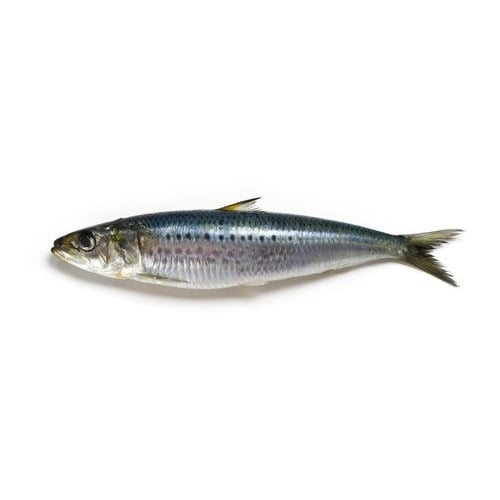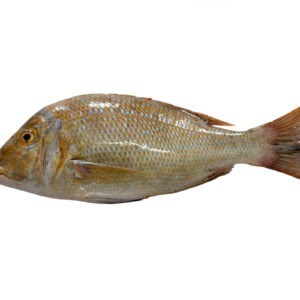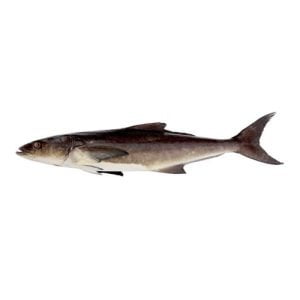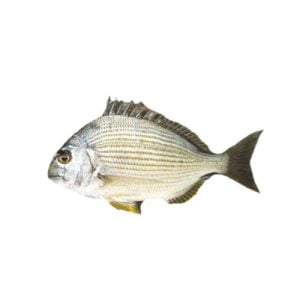Introduction
Sardines were named after the island of Sardinia, where they were once in abundance. The smaller fish are known as Sardine – Luar and the larger, older fish are called Pilchards.Sardine or Luar fish is probably one of the healthiest fish of the Arabian Sea. Sardine is one of the top budget fish for the health benefit it offers.This small size fish is abundant in the Arabian sea and is usually exported from Pakistan. Sardine (Luar) is an Omega-3 fish with high zinc and protein content.
Sardine (Luar) is a delicate fish and needs proper handling. It can be cooked with strong flavors to subside the fishy odor.
Flavor Profile
Apart from all the super health benefits, Sardine (Luar) is slightly difficult to eat. The meat is tan white when cooked. It has a strong fishy odor and a lot of bones that will make some of you uncomfortable
Nomenclature
- English Name: Sardine, Indian Sardine
- Local Name: Luar, Lujar
- Scientific Name: Sardinella longiceps
Habitat
Sardine (Luar) is a sea fish that loves to live in Pelagic coastal waters.
Catching Method
Sardine (Luar) is caught using gillnets, seines, and bag nets.
Physical Attributes
Sardine (Luar) has Scales on the body. Sardine has a rounded belly with a low keel of scutes. The pelvic fin has one unbranched and 8 branched rays. The pre-dorsal scales are paired and overlapping.
Color
Sardine (Luar) is bluish-green with silvery flanks.
Size
On average, the Sardine (Luar) size is 50 to 100 grams per fish. However, other sizes are also occasionally available.
Cutting Preferences
Sardine (Luar) is preferred for whole and headless cutting. Sardine is not recommended for boneless or slice cutting.
Approx. Cutting Yields
- Whole: 100 %
- Gutted: 75 %
- Headless and Gutted: 55 %
- Slices: 55 %
- Boneless: 35 %
Cooking Preferences
Sardine (Luar) is preferred to steam, grill, and fry.
Health Benefits
- Heart friendly
- Lowers Blood Pressure
- Improves Immune System
- Strengthens the bones
- Improves Skin and Hair health







There are no reviews yet.